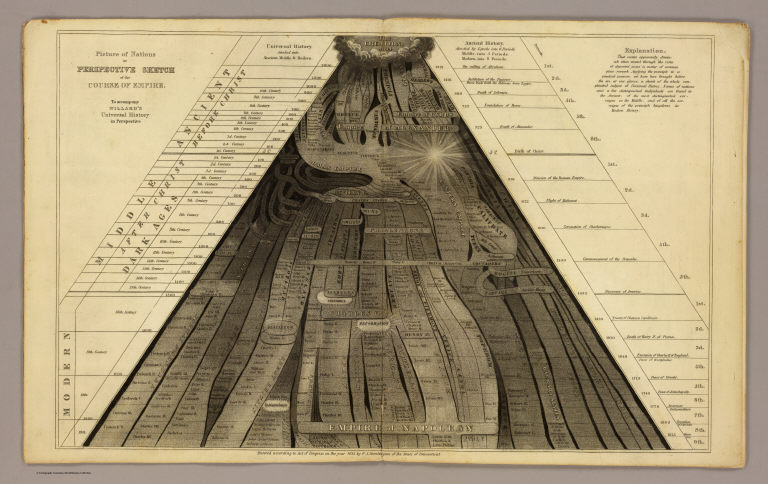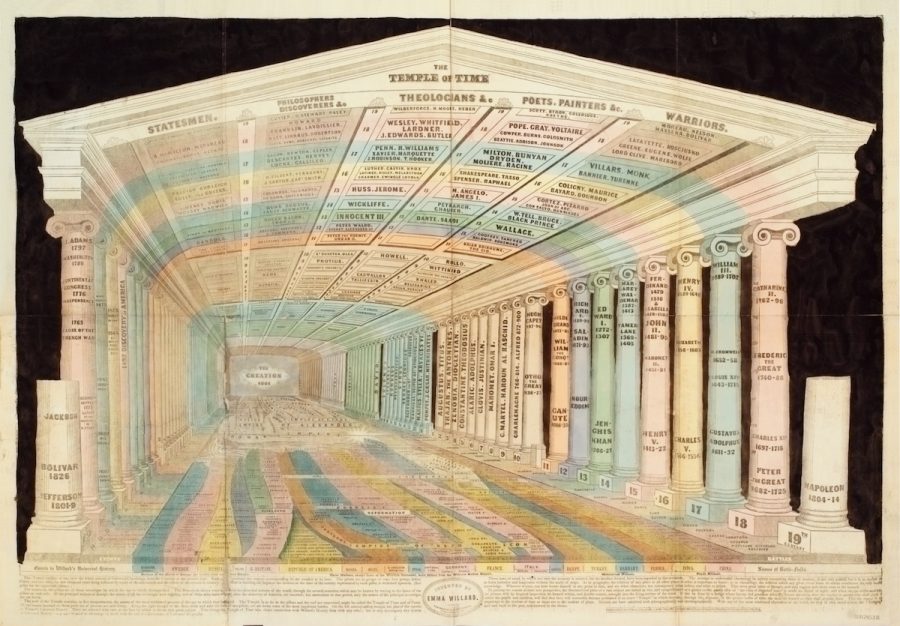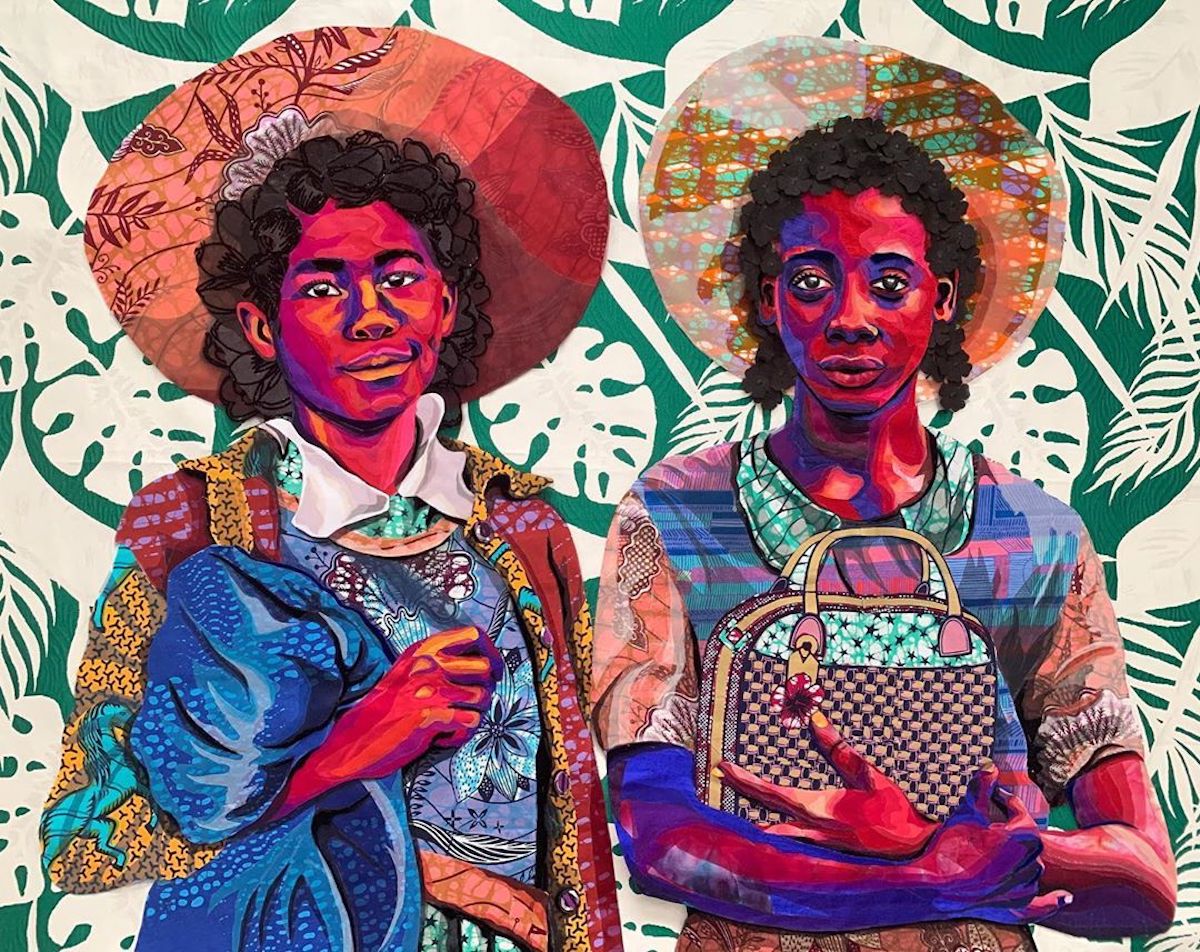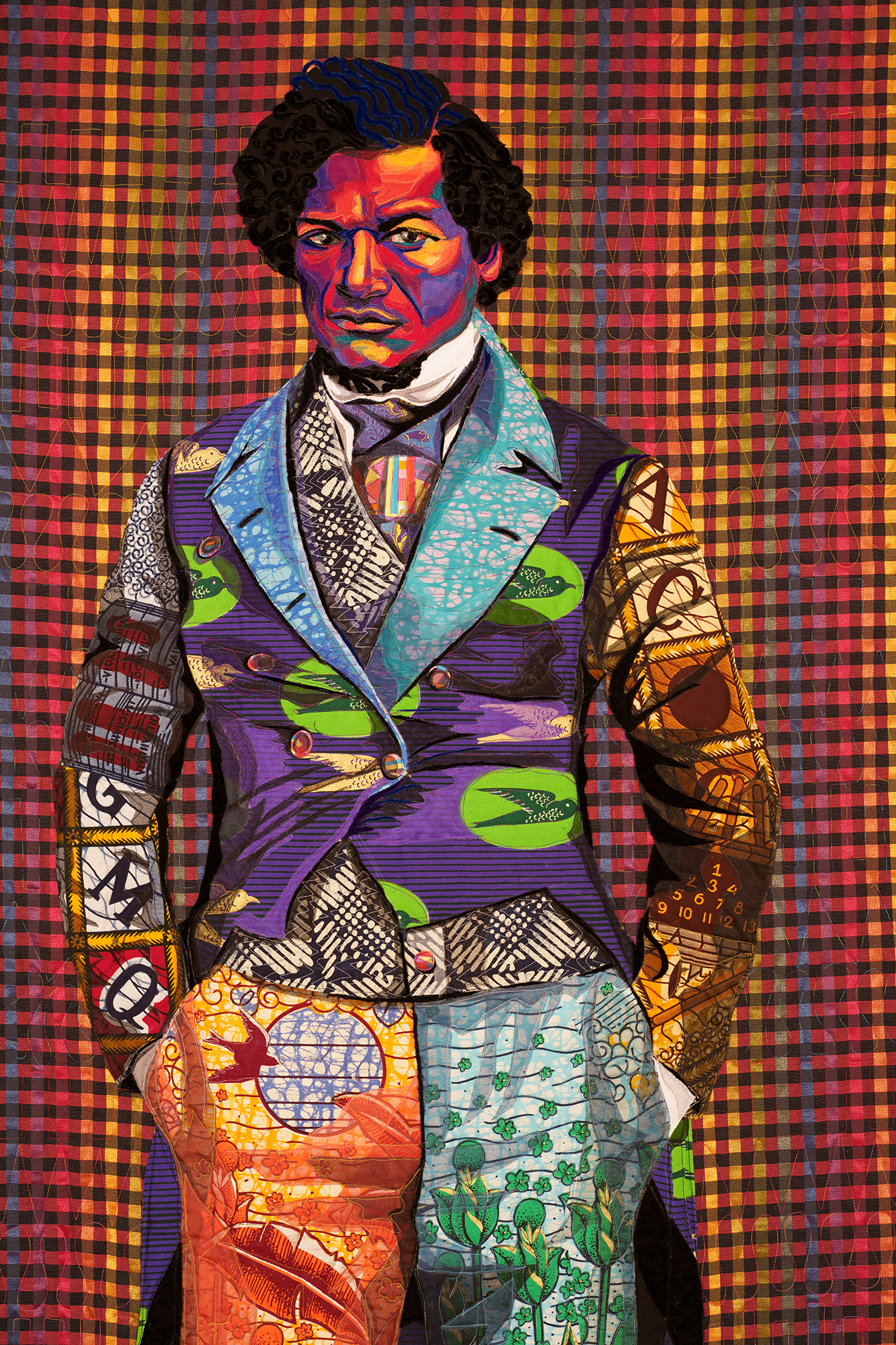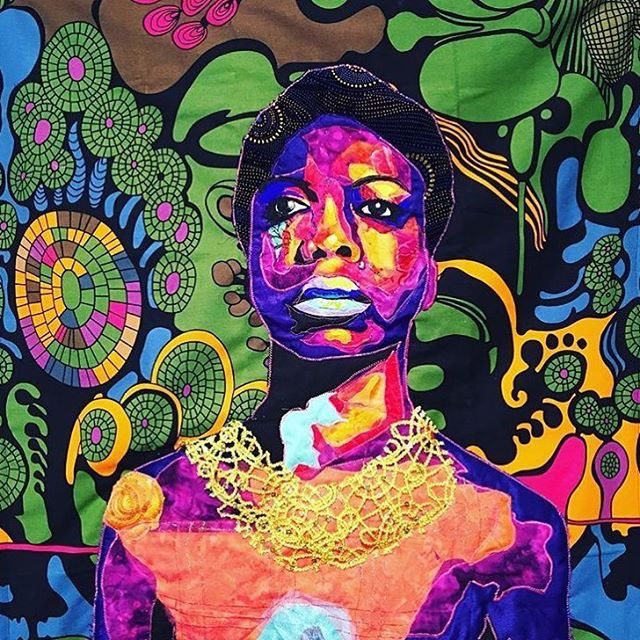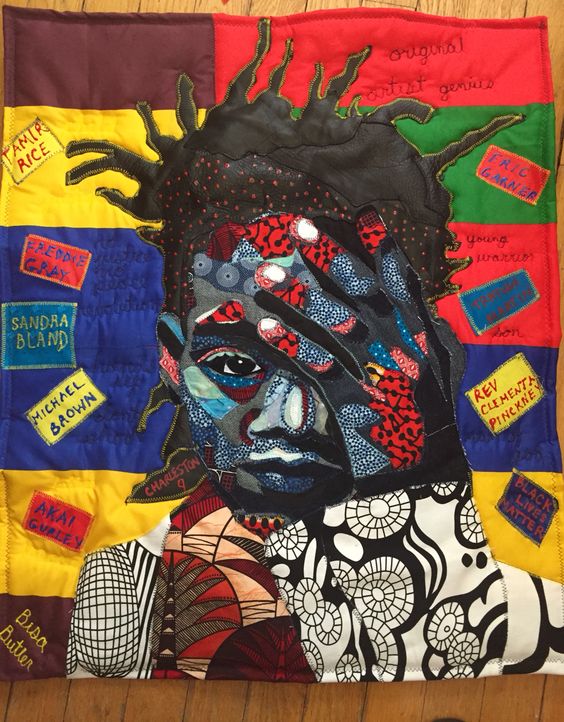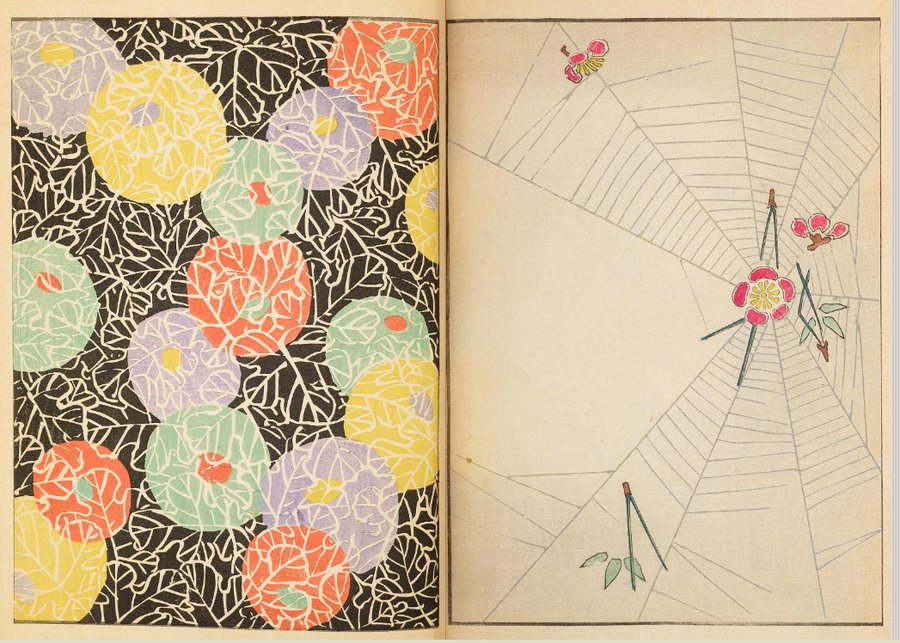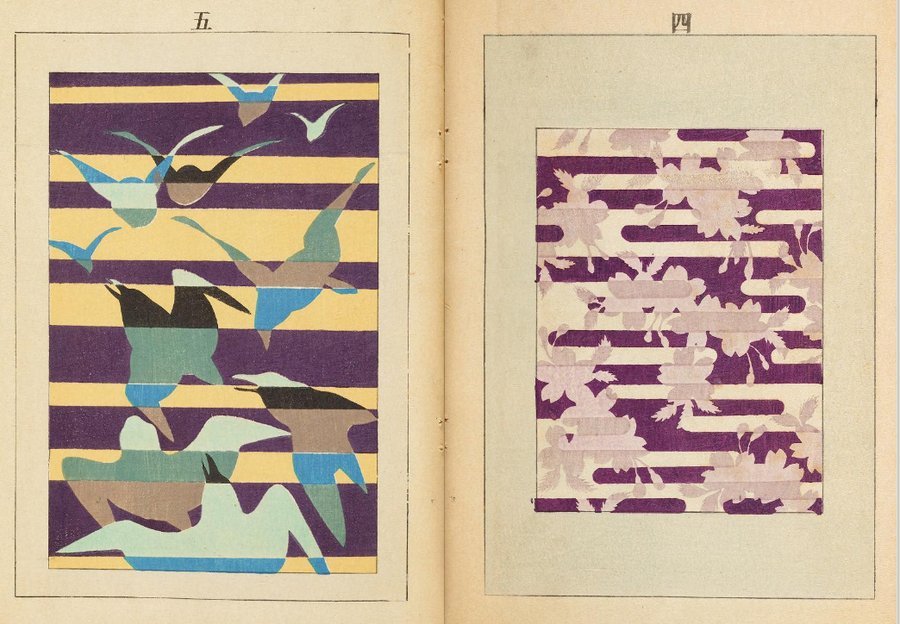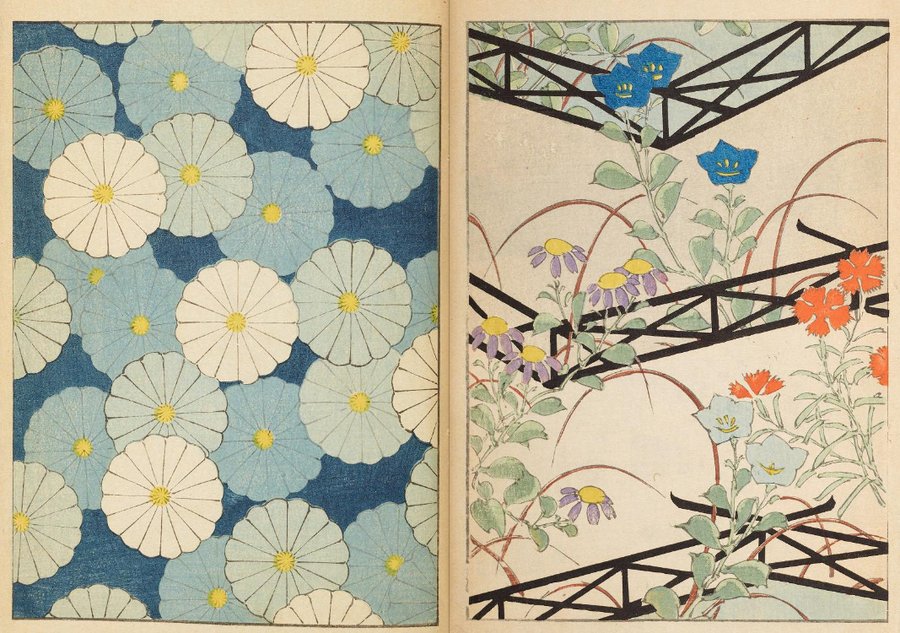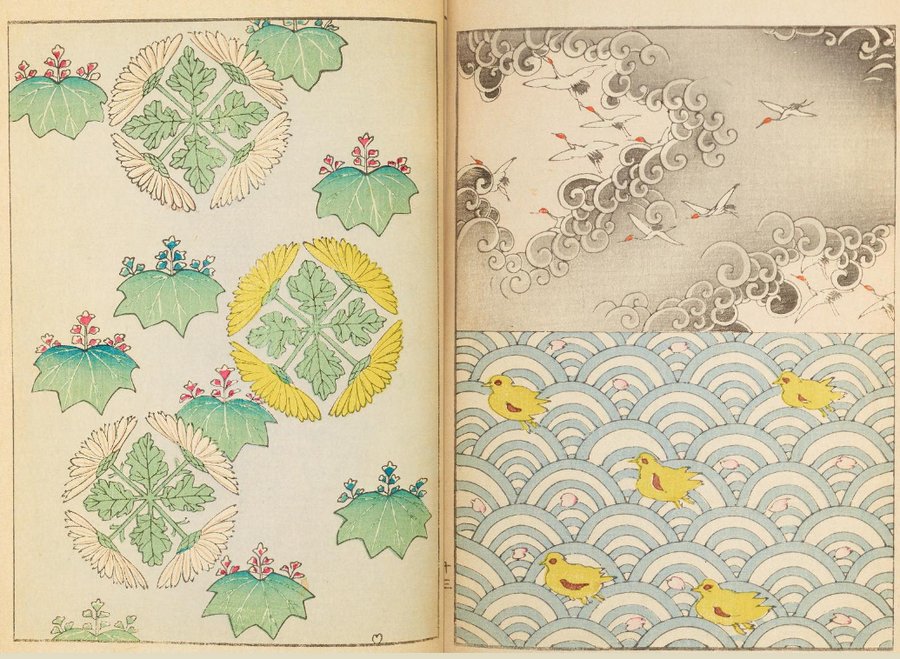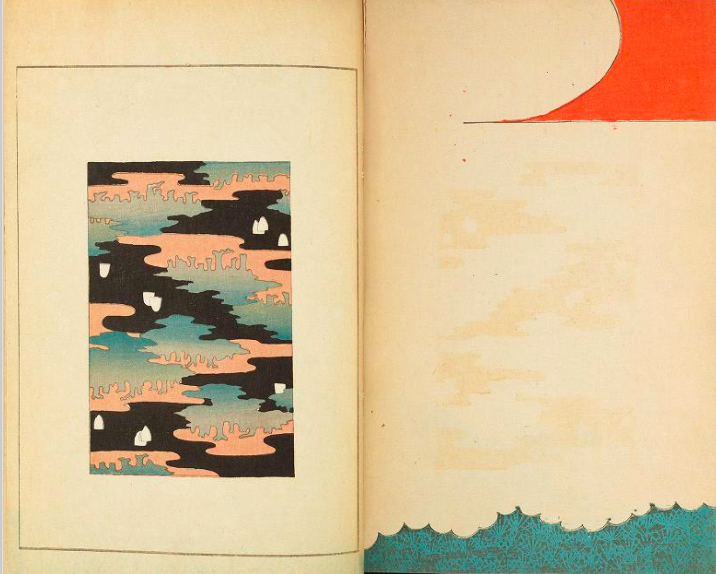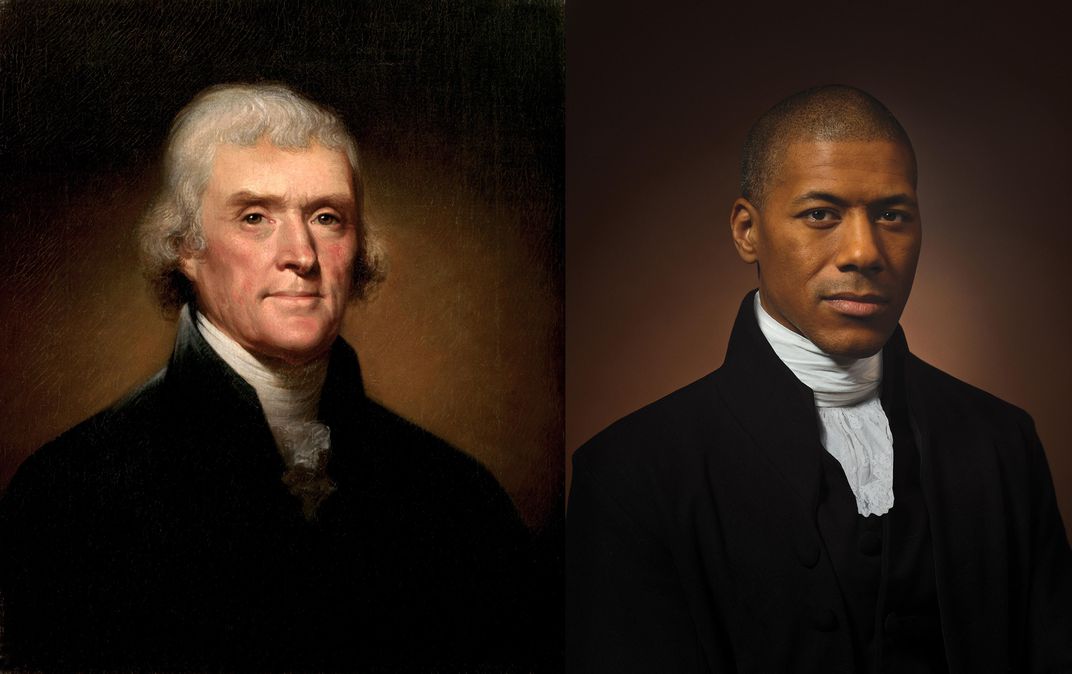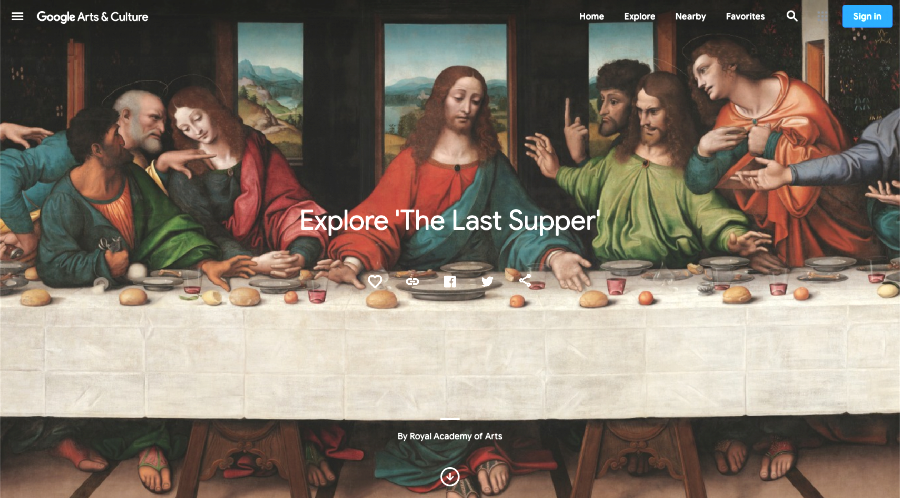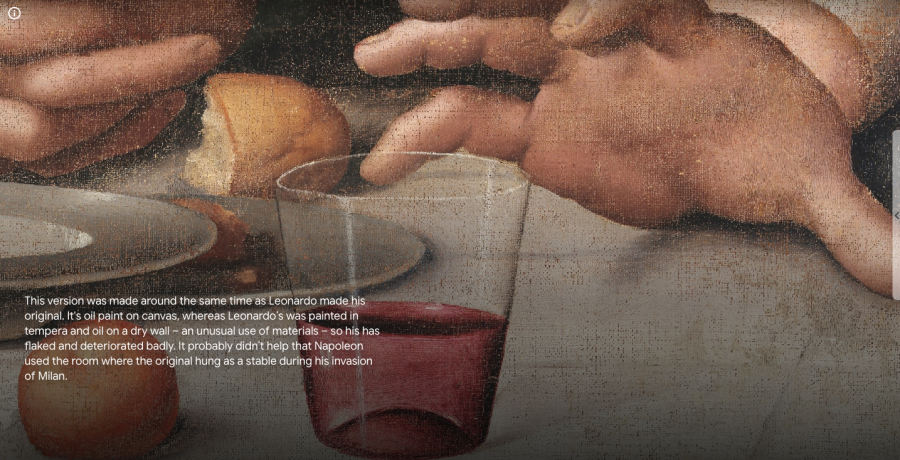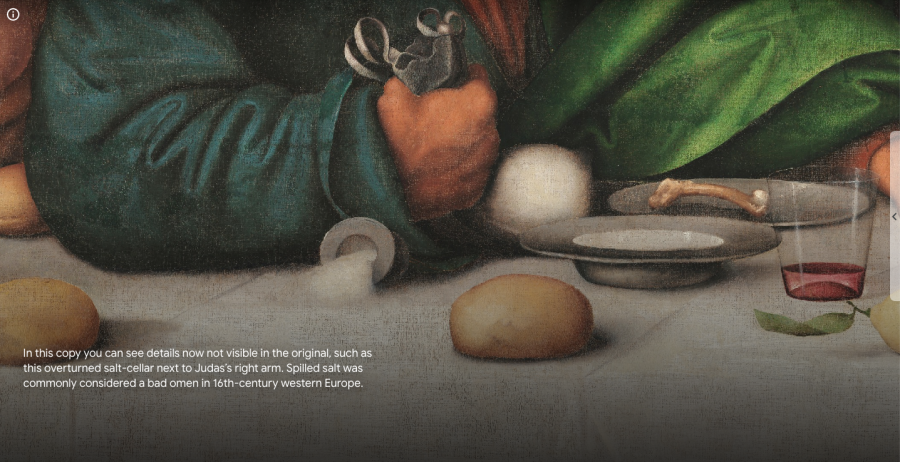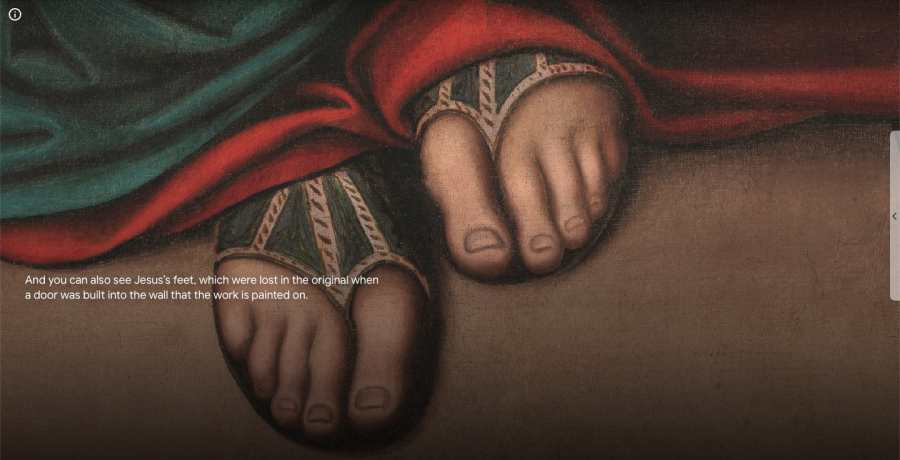The person who may or may not be Banksy is at it again, this time stenciling up a London Underground carriage with his familiar rat characters. Rats know a thing or two about spreading disease but this time they are here to insist that the public wear a mask. (Earlier in April they appeared in the artist’s own bathroom.)
As posted on Banksy’s social media feeds on Tuesday we can see the artist get kitted up like one of the Underground’s “deep cleaners”—-a protective face mask, goggles, blue gloves, white Tyvek bodysuit, and orange safety vest—and enter a carriage with an exterminator’s spray canister filled with light blue paint. He also has some of his stencils ready to go. “If you don’t mask, you don’t get” reads the video’s caption.
Currently all passengers must wear masks on the London Underground, and over the last month Transport for London has reported a 90% compliance rate (take note, America!). Workers have been sanitizing stations and trains more, and even installing UV light technology to battle the virus.
Banksy’s rats are shown using masks as parachutes, carrying bottles of hand sanitizer, and along one wall sneezing particles across the window, painted using the canister spray nozzle. Bansky tags the back wall with his name, urges a passenger to stay back while he works, and then gets off at a stop. He’s left one final message: “I get lockdown” (painted on a station wall) “but I get up again” (on the closing doors). The line is a nod to Chumbawumba’s inescapable 1997 anthem “Tubthumping.”
Banksy might be a rebellious street artist, but he’s not an idiot: wearing masks is imperative.
The artwork didn’t last long, as Transport of London has strict policies against graffiti. So few passengers even got to experience the art before it was scrubbed by workers, long before anybody would have identified it as a Banksy work.
“When we saw the video, we started to look into it and spoke to the cleaners,” a London Transport source told the New York Post. “It started to emerge that they had noticed some sort of ‘rat thing’ a few days ago and cleaned it off, as they should. It rather changes the aspect for anyone seeking to go down the route of accusing us of cultural vandalism.”
The Post even suggested that the carriage could have been removed and then sold as a complete art work in itself and raised money for charity. (They quote an art broker who values it at $7.5 million. But where would you hang it? In your private airplane hanger?)
Anyway, like a lot of Banksy work, it appeared, it was documented, and it was gone. Transport of London did mention that they were open to Banksy creating something else at a “suitable location,” but then again, that’s not how the artist rolls. Just keep your eyes open, folks, and look out for rats.
Related Content:
Behind the Banksy Stunt: An In-Depth Breakdown of the Artist’s Self-Shredding Painting
Banksy Strikes Again in Venice
Banksy Paints a Grim Holiday Mural: Season’s Greetings to All
Ted Mills is a freelance writer on the arts who currently hosts the Notes from the Shed podcast and is the producer of KCRW’s Curious Coast. You can also follow him on Twitter at @tedmills, and/or watch his films here.
